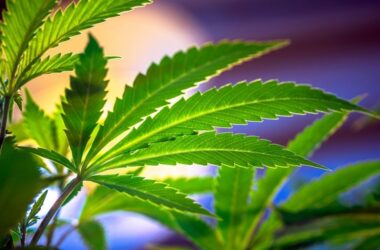The world of mycology continues to evolve, with various preparation methods and formats becoming subjects of discussion and research. Two distinct forms that often draw attention are traditional dried mushrooms and modern gummy formulations containing Amanita extracts. Understanding their differences can help inform discussions about these fascinating fungi.
Physical characteristics
Dried mushrooms maintain their natural form, though significantly reduced in size due to the dehydration process. They typically have a distinctive earthy appearance and texture characteristic of preserved fungi. The drying process preserves the mushroom’s original structure, making it easily recognizable.
In contrast, gummy formulations represent a modern approach to mushroom consumption. These products undergo extensive processing to incorporate Amanita extracts into a gelatin or pectin-based matrix. The result is a uniform, measured product with consistent physical properties.
Preservation methods
Dried mushrooms rely on traditional preservation techniques. The drying process involves carefully removing moisture under controlled conditions, which can include:
- Air drying in a controlled environment
- Using food dehydrators at specific temperatures
- Monitoring humidity levels throughout the process
- Storing in airtight containers post-drying
Gummy products utilize modern food science techniques for preservation, including:
- Stabilization through carefully balanced pH levels
- Addition of natural preservatives
- Temperature-controlled manufacturing processes
- Sealed packaging for extended shelf life
Storage requirements
The storage needs for these two forms differ significantly. Dried mushrooms require:
- Cool, dark storage conditions
- Protection from moisture
- Airtight containers
- Regular checking for quality maintenance
Gummy formulations typically need:
- Room temperature storage
- Protection from direct sunlight
- Original sealed packaging
- Less stringent moisture control
Composition and processing
Dried mushrooms undergo minimal processing:
- Simple dehydration
- Natural preservation
- Retention of original mushroom structure
- Maintenance of natural compounds
Gummy preparations involve more complex processes:
- Extraction of specific compounds
- Precise measurement and standardization
- Combination with other ingredients
- Quality control testing
Measurement and dosage considerations
Dried mushrooms present certain challenges in measurement:
- Natural variation in potency
- Need for precise weighing
- Influence of storage conditions
- Variation between individual specimens
Gummy formulations offer different considerations:
- Pre-measured amounts
- Standardized composition
- Consistent sizing
- Uniform distribution of compounds
Historical context and modern applications
Dried mushrooms represent traditional preservation methods that have been used for centuries. This historical approach has been documented across various cultures and continues to be relevant today. The drying process has remained largely unchanged, though modern technology has improved control over drying conditions.
The development of gummy formulations represents a modern approach to mushroom consumption. This format emerged from advances in food science and extraction technology, offering a different way to work with mushroom compounds.
Research and documentation
Scientific interest in both forms continues to grow:
- Studies on preservation methods
- Analysis of compound stability
- Investigation of storage effects
- Documentation of varying properties
Future developments
Both forms continue to evolve with advances in technology:
- Improved drying techniques for whole mushrooms
- Enhanced preservation methods
- Better understanding of storage impacts
- Development of new formulation approaches
The differences between dried mushrooms and amanita muscaria gummies are the taste and texture of the mushrooms. Each form represents distinct approaches to mushroom preservation and preparation, with its own set of characteristics and considerations. Understanding these differences helps inform discussions about mycology and its various applications.
















